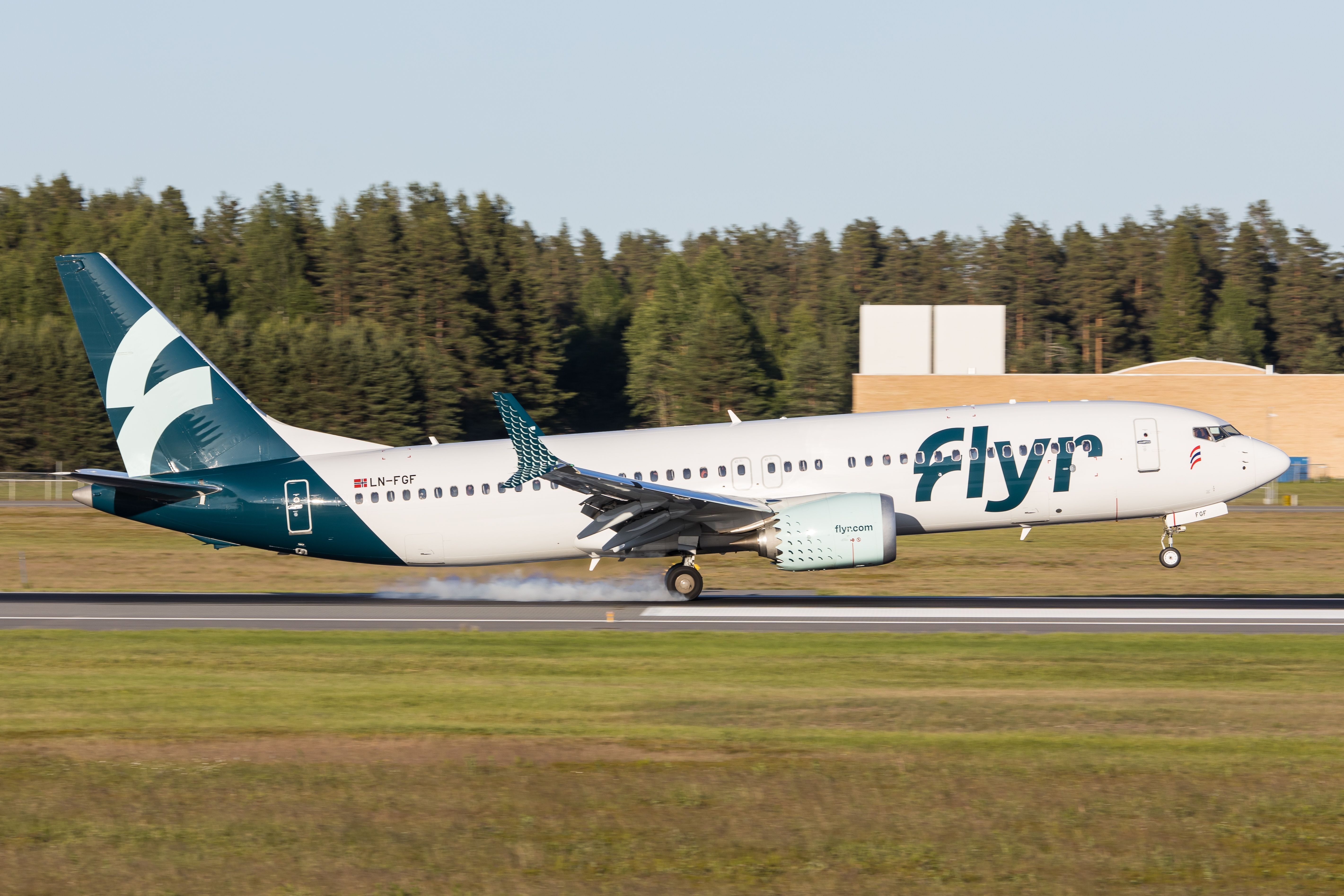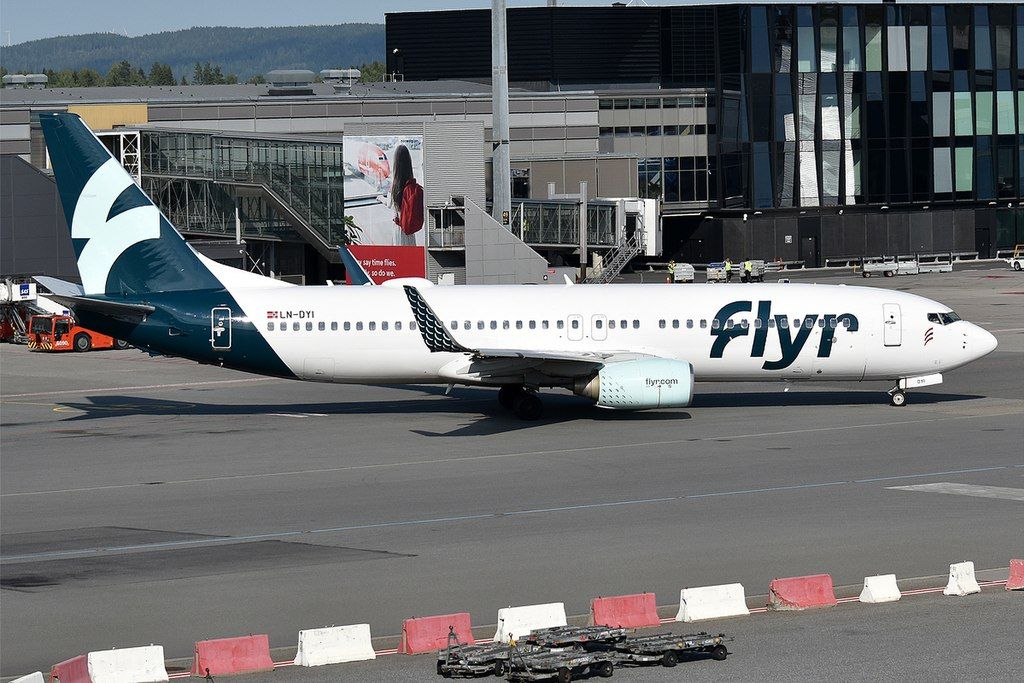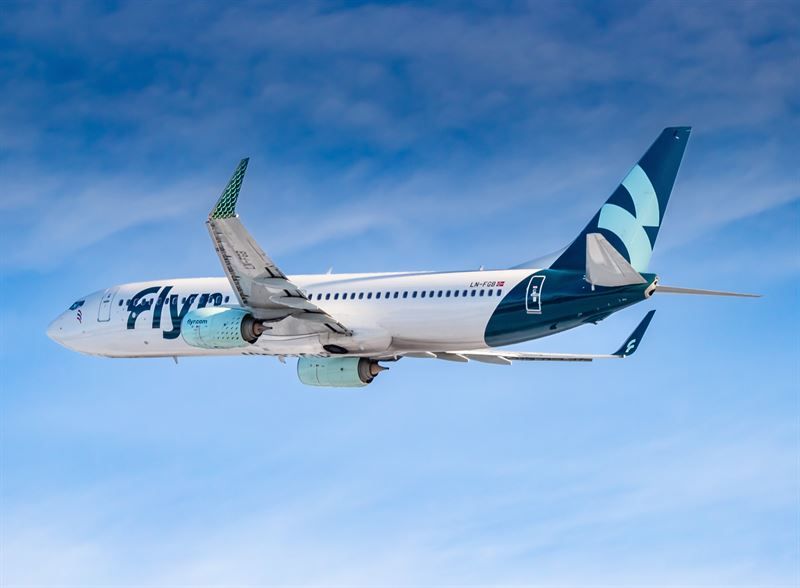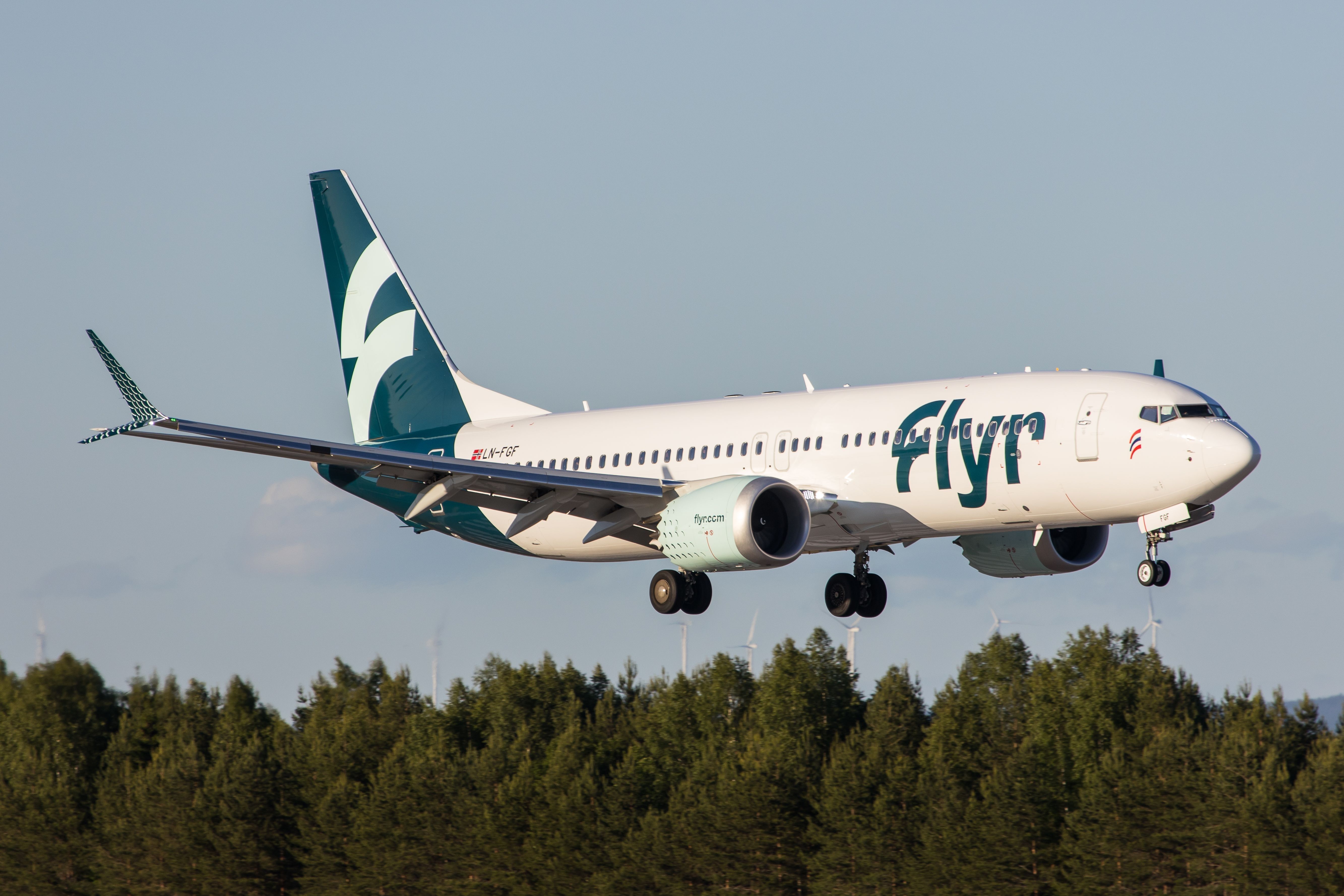Coming just four days after the failure of Flybe in the UK, Norwegian low-cost carrier Flyr has thrown the towel in and called in the receivers. Having launched in June 2021 and managed to survive just 20 months of operations, the airline's twelve aircraft are now grounded, and thousands of passengers are left with their travel plans in disarray. With the announcement yesterday that Norwegian carrier Flyr has ceased operations and filed for bankruptcy, we look at the reasons behind the airline's failure.
Financial headwinds from the outset
Launching in the middle of a global health pandemic was always going to be risky, and the airline repeatedly turned to investors to keep the cash flow coming. According to data supplied by the airline, Flyr's load factors at the end of 2021 reached approximately 54% - far below what would have been required to keep the airline in the black.
At the beginning of 2022, Flyr embarked on fundraising measures, with a NOK 250 million (US$25 million) offering in January of that year, followed by an investment from a Norwegian media firm along with a NOK 250 million (US$25 million) private share placement in May. A further investment drive was initiated in November last year as the airline struggled with mounting losses and a brutal winter season ahead.
Despite mounting losses alongside a maelstrom of other issues which affected the airline during 2022, Flyr continued to expand, doubling its fleet, firstly to ten aircraft and then to 12 units, and extending its network to almost 40 destinations. The fleet included new Boeing 737 MAX aircraft, which are more expensive to lease than the previous generation -800.
This expansion proved to be a case of 'too much, too quick' for the airline. It continued to make heavy losses throughout the peak summer months of 2022, and by September of last year, the net losses for the first nine months of the year exceeded NOK 1 billion (US$100 million).
Facing enormous amounts of debt, the airline underwent a change of management and took radical measures to stem its decline as the winter season approached. It slashed its Norwegian domestic network and reduced European services to just a few key destinations. The operational fleet was cut, and staff numbers were reduced in an attempt to save cash and save the airline.
Unable to secure a rescue deal
Ultimately, the airline's survival rested on a wet lease deal with an undisclosed European carrier. The agreement would have seen six Flyr aircraft committed for the 2023 summer season.
In an awkward 'Catch 22' scenario, the wet lease agreement relied on Flyr raising further capital investment. However, investors were unwilling to plow additional cash into Flyr without the wet lease deal being signed, thereby providing some guarantee. Investors were also reluctant to provide more cash to Flyr in the face of a lack of confidence in the travel market, given the current state of various European economies.
The end of the road for Flyr
After a year-and-a-half of poor performance paired with increasing financial pressures, meant that Flyr had nowhere left to go. The incentives on offer - a wet lease agreement plus improving ticket sales for summer 2023 were not enough to convince investors to continue pouring further capital into Flyr.
It also launched around the same time as a resurgent Norwegian Air Shuttle rose phoenix-like from the ashes. As an established brand, Norwegian quickly regained a foothold in the Norwegian aviation scene, undoubtedly to the detriment of new startup Flyr.
Flyr and Flybe join a string of other European airlines that have tried and failed to carve a niche for themselves in the European air travel market, which itself is bouncing back following the pandemic. This changed landscape of air travel is teaching airlines harsh lessons about adapting to operate profitably in this new post-COVID-19 environment.
The loss of Flyr also serves as a helpful reminder to the management of other airlines of the ever-present volatility of the airline industry, both in Europe and beyond.
What are your thoughts on the failure of Flyr? Will the airline be missed on the European aviation scene? Let us know in the comments.
Sources: ch-aviation




